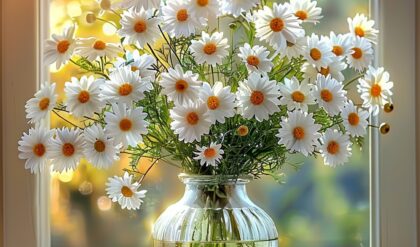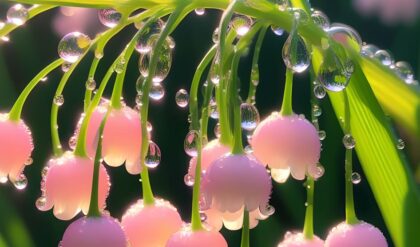The lily of the valley (Convallaria majalis) is a delicate flower renowned for its enchanting beauty and captivating fragrance. Often found blooming in shaded woodland areas, this perennial plant has woven itself into cultural lore and gardening practices for centuries. Understanding its characteristics, meaning, and care not only unveils the mysteries of this splendid flower but also illuminates the deeper connections humans have with nature.
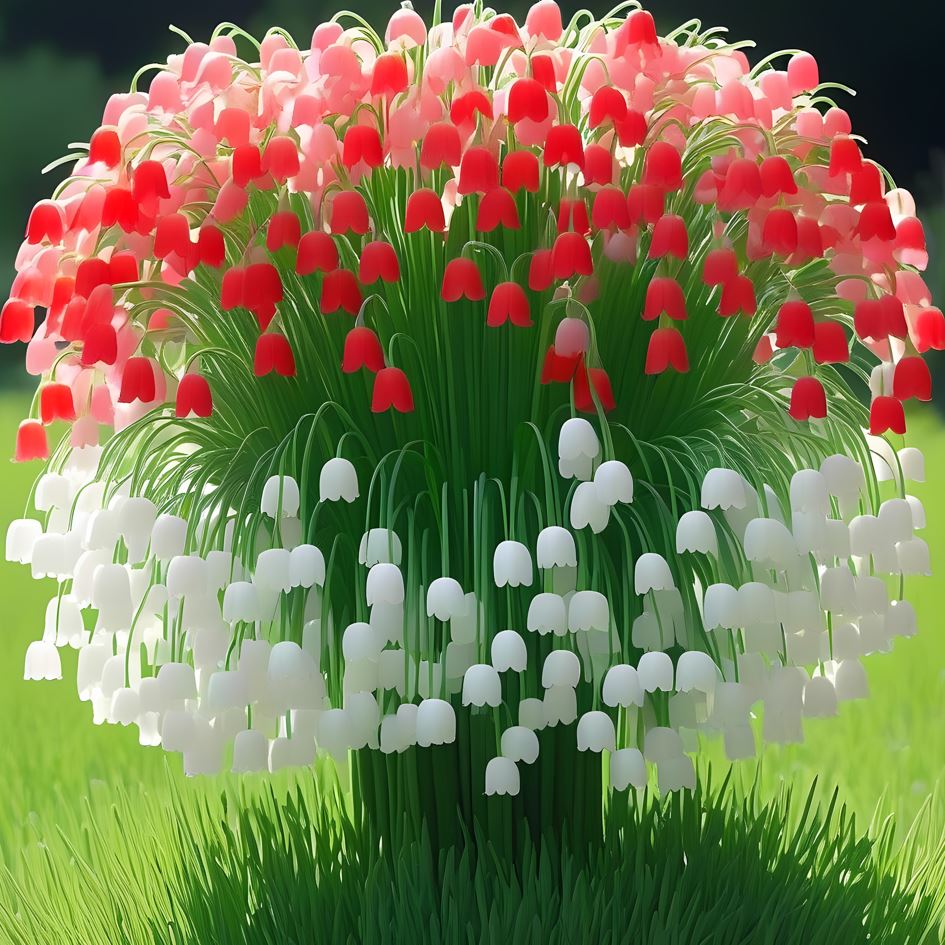
A Botanical Overview: Characteristics and Habitat
The lily of the valley is a small yet captivating plant that has captured the hearts of gardeners and nature enthusiasts for generations. Its distinct features and adaptable nature make it a beloved addition to many outdoor spaces.
Physical Description of Lily of the Valley
Lily of the valley typically grows to a modest height of about 10 inches, forming expansive colonies marked by lush green leaves and charming bell-shaped white flowers that dangle like miniature pendants. These small blooms often emerge in fragrant clusters during the late spring, showcasing both their allure and effectiveness at attracting pollinators.
Ideal Growing Conditions and Habitat
A fascinating aspect of this plant is its adaptability. Thriving in both partial shade and well-drained soil, the lily of the valley makes it a favorite for gardeners looking to introduce beauty to less sunny areas. Its ability to thrive in diverse environments has allowed it to become a prevalent sight in many wooded and shaded landscapes.
Lifecycle and Blooming Period
The lily of the valley’s lifecycle is a captivating dance with the changing seasons. As spring approaches, the plant emerges from the soil, unfurling its lush green leaves and preparing to showcase its enchanting blooms. The fragrant flowers typically reach their peak during the late spring, filling the air with their sweet aroma and captivating all who encounter them.
The Eyes of Toxicity
Interestingly, despite their picturesque appearance, lily of the valley flowers are highly toxic. Understanding the plant’s toxic nature is crucial for gardeners, pet owners, and nature enthusiasts alike.

Toxic Compounds in Lily of the Valley
Every part of the lily of the valley plant contains compounds that can lead to serious health issues if ingested. These toxic substances, including cardiac glycosides, can have a profound effect on the human body, potentially causing nausea, vomiting, and even heart problems.
Health Risks Associated with Ingestion
The toxicity of the lily of the valley is a paradox, as its alluring beauty can cloak the potential danger it poses. Ingesting any part of the plant, whether the flowers, leaves, or berries, can result in severe consequences, making it crucial to educate oneself and take necessary precautions, especially when children or pets are present.
Precautions for Gardeners and Pet Owners
Gardeners and pet owners must exercise caution when growing or encountering lily of the valley. Proper placement and signage can help ensure the safety of all who interact with the plant. Additionally, understanding the potential risks can shape our approach to using these flowers in gardens or landscapes, serving as a reminder to always respect and recognize nature’s power over human experience.
Cultural Significance: Symbolism and Meaning
Beyond the garden, the lily of the valley holds profound significance in various cultures. Its enchanting presence has woven itself into the fabric of human expression, serving as a symbol of purity, happiness, and rebirth.
Symbolism Across Different Cultures
Often associated with humility, happiness, and rejuvenation, the lily of the valley has been embraced as an emblem of purity in literary and artistic contexts. In many European cultures, it features prominently in May Day celebrations, symbolizing the return of spring and the rejuvenation of life.
The Role of Lily of the Valley in Celebrations
Moreover, the lily of the valley gracefully adorns bridal bouquets, imparting blessings of good fortune and joy to newlyweds. This floral symbol has become a cherished tradition, reflecting the deep-rooted connections between the flower and the celebration of love, commitment, and new beginnings.
Literary and Artistic Representations
The presence of the lily of the valley in folklore, literature, and art speaks volumes about humanity’s desire to find connection and solace in nature. These historical and cultural references reinforce the idea that flowers do more than just beautify our surroundings; they weave stories and evoke emotions, acting as vessels of remembrance and reflection.
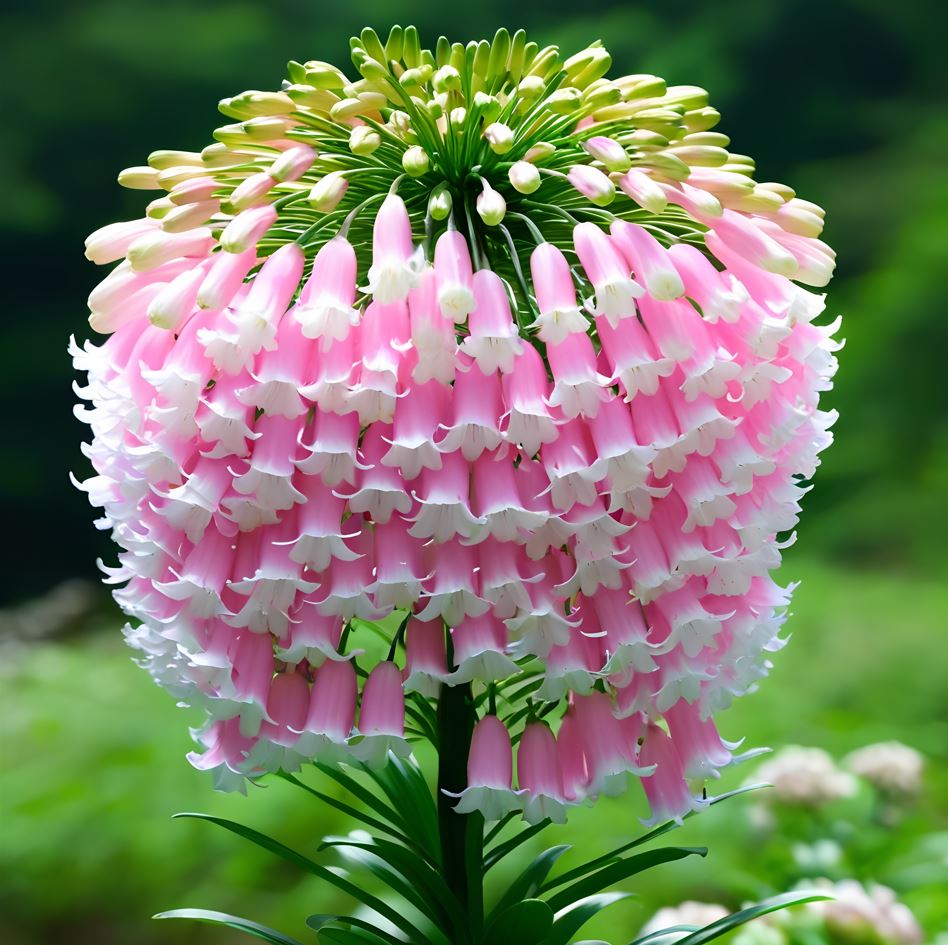
A Historical Perspective
The lily of the valley has a rich and storied history, with its presence noted as early as the 15th century. Tracing the flower’s evolution through time sheds light on the enduring fascination it has held for humanity.
Historical References and Anecdotes
Historical accounts and narratives offer glimpses into the lily of the valley’s longstanding presence in human culture. From its inclusion in ancient medicinal practices to its appearances in classic literature, the flower’s significance has been woven into the tapestry of our collective past.
Evolution of Perceptions Over Time
As attitudes and perspectives have shifted over the centuries, the perception and interpretation of the lily of the valley have also transformed. Yet, its enduring allure has persisted, testament to the flower’s ability to capture the imagination and captivate the hearts of people across eras.
The Place of Lily of the Valley in Folklore
The lily of the valley’s inclusion in folk tales and narratives speaks to its deep-rooted connections with the human experience. These stories and legends illuminate the flower’s role as a symbol of wonder, resilience, and the inextricable bond between nature and the human spirit.
Practical Insights: Growing and Caring for Lily of the Valley
For those enchanted enough to welcome the lily of the valley into their garden, understanding the nuances of its cultivation is essential. Mastering the art of growing and caring for this delicate flower can enhance the enjoyment and appreciation of its presence.

Soil Requirements and Preparation
The lily of the valley prefers moist yet well-draining soil, a characteristic that can be achieved through careful soil preparation and amendment. Gardeners seeking to create the ideal conditions for this plant must consider factors such as pH, nutrient balance, and drainage to ensure its long-term thriving.
Watering and Fertilization Guidelines
Maintaining the appropriate moisture levels and providing the necessary nutrients are crucial for the lily of the valley’s health and vitality. Developing a watering schedule that accounts for the plant’s growing needs, as well as incorporating targeted fertilization, can significantly contribute to its overall vigor and resilience.
Common Pests and Diseases
Like any plant, the lily of the valley is susceptible to various pests and diseases that can threaten its well-being. Gardeners must familiarize themselves with the potential challenges, such as fungal infections or herbivorous pests, and employ effective strategies to mitigate these issues, ensuring the plant’s longevity and continued success.
Designing Your Garden with Lily of the Valley
The lily of the valley’s enchanting presence can be seamlessly integrated into a variety of garden designs, offering gardeners the opportunity to create visually stunning and harmonious outdoor spaces.
Companion Planting Ideas
Pairing the lily of the valley with other shade-loving plants, such as ferns and woodland-inspired species, can enhance the natural beauty of the garden. The interplay of textures, colors, and heights can create a captivating and immersive experience for both the gardener and the observer.
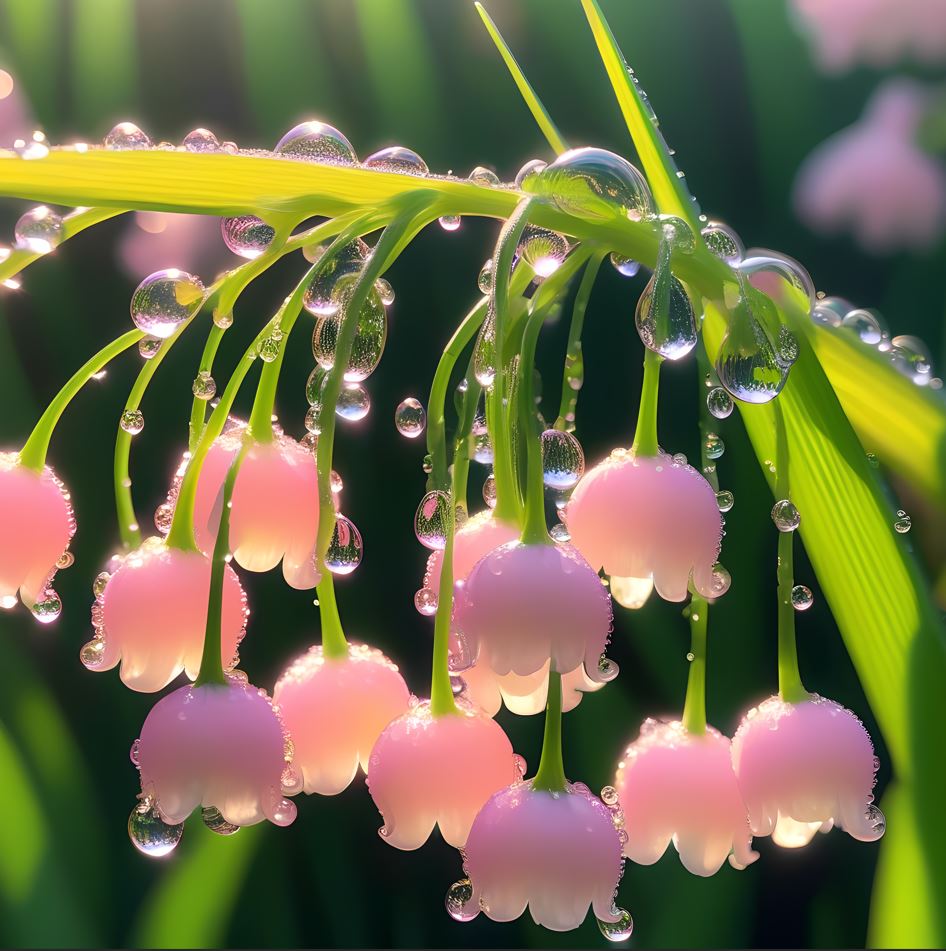
Creating a Shade Garden
The lily of the valley’s preference for partial shade makes it an ideal choice for gardeners seeking to cultivate a serene and enchanting shade garden. By strategically positioning the plant alongside other shade-tolerant species, gardeners can craft a tranquil oasis that celebrates the beauty of nature’s more subtle and delicate elements.
Seasonal Interest and Color Combinations
The lily of the valley’s seasonal charm, with its delicate blooms emerging in the spring, can be leveraged to create dynamic and visually engaging garden designs. Incorporating complementary colors and plants that offer interest throughout the growing season can extend the enjoyment and appreciation of this captivating flower.
Uses in Floral Arrangements
Beyond the garden, the lily of the valley finds its way into the world of floral artistry, where its delicate beauty is celebrated and showcased in a variety of arrangements and projects.
Incorporating Lily of the Valley in Bouquets
The lily of the valley’s elegant and graceful appearance makes it a sought-after addition to bridal bouquets, bridesmaid bouquets, and other special occasion arrangements. Its ability to impart a sense of purity and joy enhances the emotional significance of these floral creations.
DIY Floral Projects Featuring Lily of the Valley
Crafters and floral enthusiasts have long been enamored with the lily of the valley, incorporating its delicate blooms into a multitude of DIY projects. From wreaths and garlands to pressed flower art and home decor, the versatility of this flower allows it to shine in a variety of creative endeavors.
Symbolic Meanings in Weddings and Events
The lily of the valley’s rich symbolism, particularly its associations with happiness, purity, and new beginnings, has made it a beloved choice for weddings and other celebratory events. Its presence in these settings can imbue the occasion with a sense of hope, joy, and the timeless beauty of nature.

Environmental Impact and Conservation
As with any flora, the lily of the valley holds a crucial role within the delicate balance of ecosystems, making its preservation and responsible cultivation a matter of importance.
The Role of Lily of the Valley in Ecosystems
The lily of the valley’s presence in woodland and shaded environments contributes to the overall health and biodiversity of these fragile habitats. By providing food and shelter for various species, the plant plays a vital part in sustaining the complex web of life within its natural domains.
Conservation Efforts and Sustainability
Recognizing the lily of the valley’s environmental significance has led to the implementation of conservation efforts and sustainable gardening practices. Gardeners and land managers must carefully consider the balance between enjoying the flower’s beauty and ensuring its long-term preservation within the broader ecological context.
Native vs. Non-Native Considerations
When cultivating the lily of the valley, it is essential to consider the plant’s native range and the potential impact of introducing non-native species. Responsible gardening practices that prioritize the use of local, native varieties can contribute to the preservation of regional biodiversity and the overall health of the ecosystem.
Conclusion
Exploring the enchantment of the lily of the valley flower unveils a world of wonder, symbolism, and deep-rooted connections between humans and nature. From its captivating physical characteristics to its cultural significance and historical legacy, this delicate bloom has woven itself into the fabric of human experience, inspiring awe, reflection, and a renewed appreciation for the natural world.
Whether admiring its fragrant clusters in the garden, incorporating it into floral arrangements, or simply reveling in its timeless beauty, the lily of the valley invites us to pause, observe, and immerse ourselves in the intricate tapestry of life that surrounds us. By understanding its unique properties, cultivation needs, and ecological importance, we can foster a greater respect and stewardship for this enchanting flower, ensuring its continued presence and the preservation of the natural environments it calls home.


